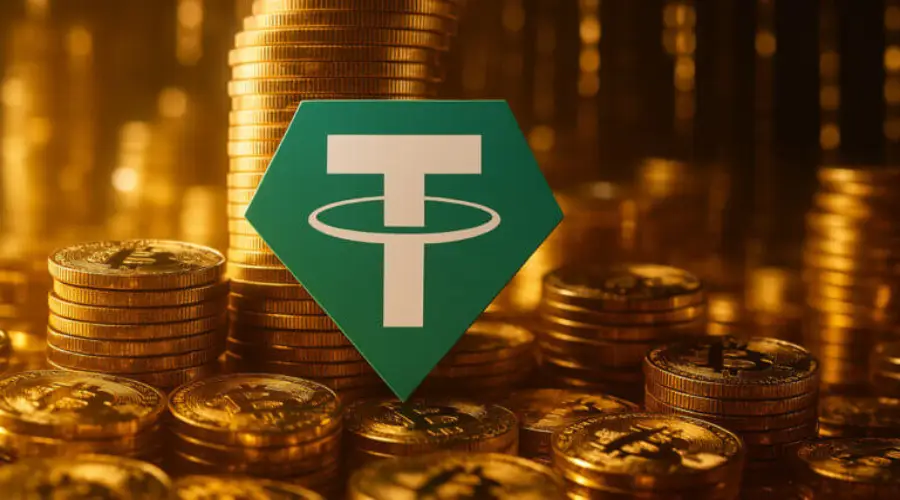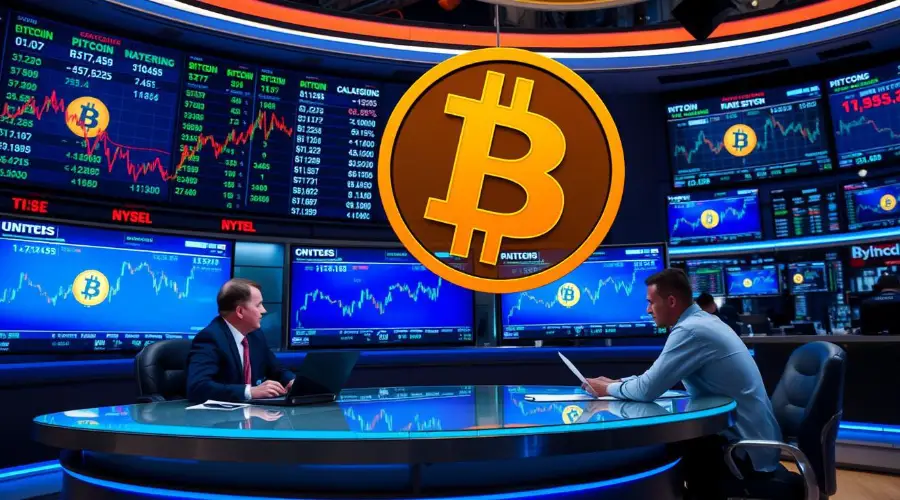- The price of Gold is trading in a tight range as investors digest tensions in the Middle East.
- Fed officials believe interest rates are sufficiently restrictive given rising U.S. Treasury yields.
- US retail sales growth is expected to slow to 0.3% in September.
The price of Gold (XAU/USD) is trading without direction awaiting the visit of US President Joe Biden to Israel, amid growing tensions in the Middle East, and the speech of the Chairman of the Federal Reserve (Fed), Jerome Powell, who is expected to offer significant guidance on interest rates. Investors expect Powell to lean toward neutral monetary policy and join other Fed officials who recently said higher bond yields are enough to tame inflation.
Before the key events on the economic calendar and the geopolitical front, investors will be attentive to the data on US retail sales for September, which constitute one of the main indicators of consumer spending, the main driver of the US economy. Investors expect sales to grow at a slower pace than the previous month despite rising gasoline prices (retail sales data is not adjusted for inflation and therefore reflects price changes). Dollar volatility is expected to ease ahead of retail sales data.
Daily summary of market drivers: The price of Gold is juggling while awaiting US retail sales data.
- The price of Gold is consolidating in a narrow range around $1,920, as investors await the speech by Federal Reserve Chairman Jerome Powell, scheduled for Thursday.
- Powell’s speech will provide significant clues about the upcoming interest rate decision, set for November 1.
- Investors will be watching to see whether Powell joins other Fed officials in supporting keeping interest rates unchanged for the second time in a row as US Treasury yields rise.
- U.S. 10-year Treasury yields are near multi-year highs at 4.75%, and Fed officials believe higher yields are enough to ease spending and investment overall.
- San Francisco Fed President Mary Daly suggested that the recent spike in long-term bond yields is equivalent to a 25 basis point rate hike. The risk of raising interest rates further could push the economy into a recession.
- Philadelphia Fed President Patrick Harker said Monday that the central bank should not place new pressures on the economy by further raising borrowing costs. Harker reiterated that the Fed is done raising interest rates in an environment where inflationary pressures are easing.
- Harker noted that the economy is holding up thanks to the stabilization of the labor market and the easing of inflation, but warned that first-home buyers have disappeared from the market due to rising interest rates.
- According to the CME Group’s Fedwatch tool, traders see a 90% chance that the Fed will keep interest rates unchanged at 5.25%-5.50%. The odds of one more interest rate hike at either of the two remaining monetary policy meetings in 2023 remain at 30%.
- Fed policy aside, US President Joe Biden’s visit to Israel amid the escalating conflict in the region is likely to keep the market on edge. A new escalation in the war between Israel and Hamas would improve the attractiveness of Gold.
- US Secretary of State Antony Blinken confirmed that President Biden will visit Israel on Wednesday, emphasizing the need to save civilians. Meanwhile, Israel is preparing for the ground offensive in Gaza against Hamas.
- The DXY Dollar Index finds buying interest near 106.20. A sideways move is expected before the release of September retail sales. SocGen analysts expect a slight 0.3% month-on-month increase for aggregate retail sales, but note that rising gasoline prices are partially responsible for the gain.
- Stronger-than-expected consumer spending numbers could increase the chances of the Fed raising interest rates further.
Technical Analysis: The price of Gold oscillates close to $1,920
The price of Gold oscillates near $1,920, awaiting various events. The precious metal has become directionless after a strong bullish move to near a nearly four-week high of $1,932. The yellow metal has surpassed all short-term exponential moving averages (EMAs), indicating that the overall trend is bullish. Momentum oscillators have also moved towards the bullish range, suggesting a higher probability of an upward price move.
Frequently asked questions about Gold
Why invest in Gold?
Gold has played a fundamental role in human history, as it has been widely used as a store of value and medium of exchange. Today, aside from its brilliance and use for jewelry, the precious metal is considered a safe-haven asset, meaning it is considered a good investment in turbulent times. Gold is also considered a hedge against inflation and currency depreciation, since it does not depend on any specific issuer or government.
Who buys more Gold?
Central banks are the largest holders of Gold. In their aim to support their currencies in turbulent times, central banks tend to diversify their reserves and purchase Gold to improve the perception of strength of the economy and currency. High Gold reserves can be a source of confidence for the solvency of a country. Central banks added 1,136 tons of gold worth about $70 billion to their reserves in 2022, according to data from the World Gold Council. This is the largest annual purchase since records exist. Central banks in emerging economies such as China, India and Turkey are rapidly increasing their gold reserves.
What correlation does Gold have with other assets?
Gold has an inverse correlation with the US Dollar and US Treasuries, which are the main reserve and safe haven assets. When the Dollar depreciates, the price of Gold tends to rise, allowing investors and central banks to diversify their assets in turbulent times. Gold is also inversely correlated with risk assets. A rally in the stock market tends to weaken the price of Gold, while sell-offs in riskier markets tend to favor the precious metal.
What does the price of Gold depend on?
The price of Gold can move due to a wide range of factors. Geopolitical instability or fear of a deep recession can cause the price of Gold to rise rapidly due to its status as a safe haven asset. As a non-yielding asset, the price of Gold tends to rise when interest rates fall, while rising money prices tend to weigh down the yellow metal. Still, most of the moves depend on how the US Dollar (USD) performs, as the asset is traded in dollars (XAU/USD). A strong Dollar tends to keep the price of Gold in check, while a weaker Dollar is likely to push up Gold prices.
Source: Fx Street
I am Joshua Winder, a senior-level journalist and editor at World Stock Market. I specialize in covering news related to the stock market and economic trends. With more than 8 years of experience in this field, I have become an expert in financial reporting.







